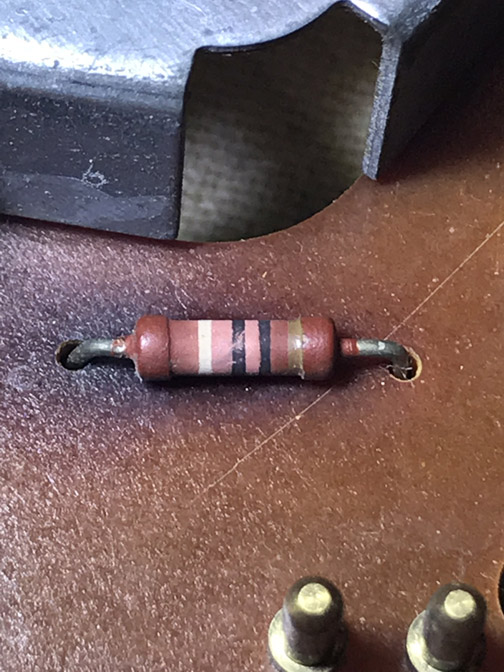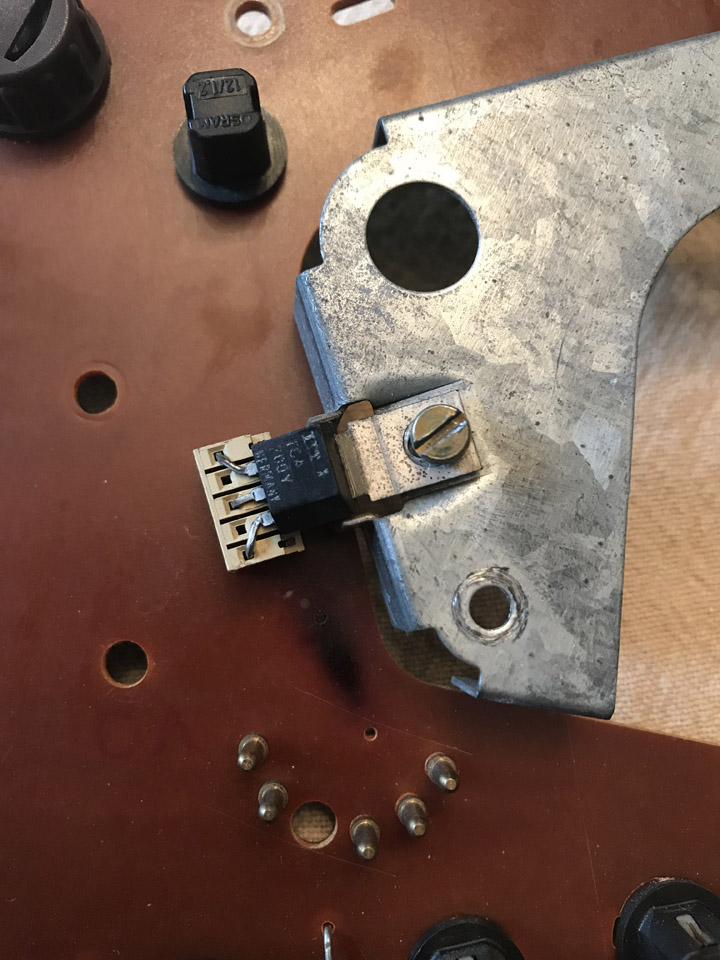Hi all,
still having simultaneous problems with my temperature gauge and fuel gauge showing low readings, even when the car is run for some time with plenty of fuel. They both move a small amount.
I have had some great advice from others on the volvoforums.org.uk forum suggesting it could be the voltage stabilizer. I have been given three voltage stabilizers by Bob the parts chap at Braydon Motors, thanks Bob, and fitted them one after the other and still no readings. The parts were second hand but I wouldn't have thought all three were kaput, I thought at least one would have worked.
It was suggested the problem could be a ground problem, what would I have to ground on the cluster? do I ground the metal that the voltage stabilizer is screwed onto?
This is driving me nuts, just want it sorted, might have to resort to fitting a second hand cluster that I know works.
My car is a 1991 SE 2.3i Estate
All suggestions would be grateful.
Paul from the UK

still having simultaneous problems with my temperature gauge and fuel gauge showing low readings, even when the car is run for some time with plenty of fuel. They both move a small amount.
I have had some great advice from others on the volvoforums.org.uk forum suggesting it could be the voltage stabilizer. I have been given three voltage stabilizers by Bob the parts chap at Braydon Motors, thanks Bob, and fitted them one after the other and still no readings. The parts were second hand but I wouldn't have thought all three were kaput, I thought at least one would have worked.
It was suggested the problem could be a ground problem, what would I have to ground on the cluster? do I ground the metal that the voltage stabilizer is screwed onto?
This is driving me nuts, just want it sorted, might have to resort to fitting a second hand cluster that I know works.
My car is a 1991 SE 2.3i Estate
All suggestions would be grateful.
Paul from the UK





